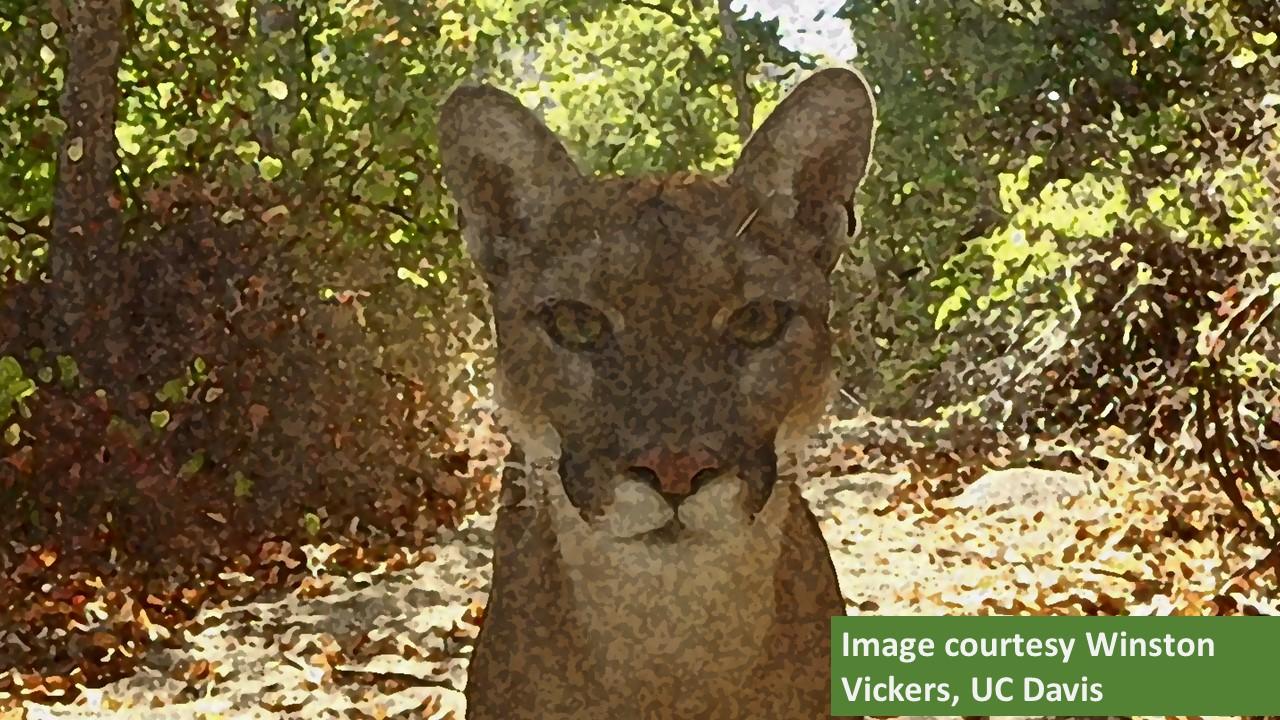
2023 Year-in-Review & 2024 What’s Next?
Bad News: It’s been a year of many firsts around the world. Most heat records were broken, including for the hottest year on record and highest ocean-surface temperatures. There were consequences of this heat for things we know how to measure (like wildfires, sea-ice cover and glacial melting) and many unknown consequences for myriad microbial, plant, and animal species and communities. Breaking other records, Taylor Swift revved up the Western music world with her Billboard chart and $1 billion Eras tour successes and Max Verstappen drove really fast in circles at various F1 races. In transportation, record-breaking numbers of air travelers flew in 2023, injuries and fatalities from crashes continued to climb, high-speed rail continued to bisect ecosystems across entire regions, and highway system expansion ramped up while transit lagged.
Better News: Funding for wildlife crossings has dominated both the news and the average work day of many of us in transportation ecology. One billion dollars in new funding suddenly became available for wildlife crossings in California, dwarfing the $350 million wildlife crossing pilot program in the $1.2 trillion Infrastructure Investment and Jobs Act (IIJA). Because the CA funds are from the general fund, their availability may depend on whether or not we enter a recession. An ambitious new law was written in CA, AB2344, which would have required Caltrans to build a lot more wildlife crossings. Despite its partial gutting, since passage, Caltrans environmental staff have done what they can to use AB2344 to encourage more wildlife crossing and fencing activity. New federal regulations require states to report on transportation-related greenhouse gas emissions, and new rules were proposed for new cars to have systems to avoid running over pedestrians and to limit vehicle speed. New Mexico pushed back against transit woes with fare-free transit in Alburquerque. The passage of the IIJA in late 2021 and the Inflation Reduction Act (IRA) in 2022 opened the door to tax credits for new and used electric vehicle purchases and funding to build out the EV-charging infrastructure.
What is the Center Doing? Which brings me to what the Road Ecology Center has been up to in 2023 and where we are going in 2024. We have been fortunate enough to have incredible partners we would like to thank in the county government arena (Alameda, Marin, Siskiyou, Santa Clara); the NGO world (Peninsula Open Space Trust, Wildlife Conservation Network, The Nature Conservancy, Wildlands Network, California Deer Association, and Center for Biological Diversity); state transportation and wildlife agencies from AZ, CA, CO, FL, GA, ID, ME, MO, MT, NV, OH, OR, VA, VT, WA, and other states; federal agencies (Bureau of Land Management, Federal Highways Administration, US Geological Survey, US Forest Service); and consulting firms (Dudek, Mark Thomas, Jacobs, Pathways for Wildlife, ESA). Important milestones were: 1) publication of a study evaluating common connectivity modeling approaches and finding that they don’t predict most wildlife movement or occurrence; 2) an article demonstrating the impact of artificial light on mountain lion movement; 3) development of a statistical modeling approach to predict species use of existing culverts and bridges; 4) beginning planning for wildlife crossings for 6 CA highways; 5) helping a high school student develop AI-based animal detection systems; and 6) organizing a successful International Conference on Ecology and Transportation. Looking forward to 2024, we will be working on: 1) evaluation of a trans-continental interstate for ecological impacts; 2) development of a multi-parametric wildlife crossing planning web-tool; and 3) more on-the-ground wildlife crossing planning. Exciting times that we look forward to sharing with you all.
Happy New Year
